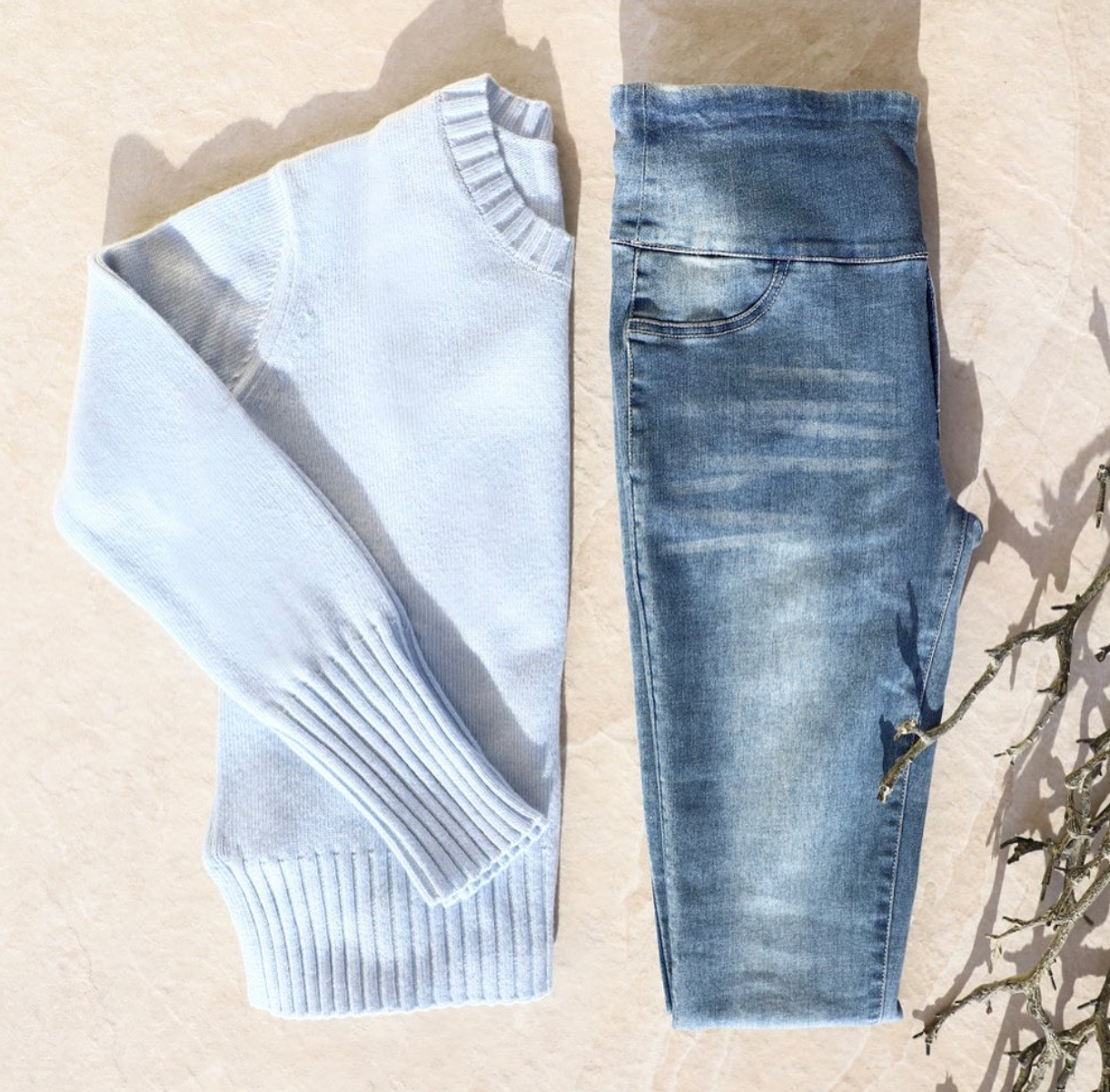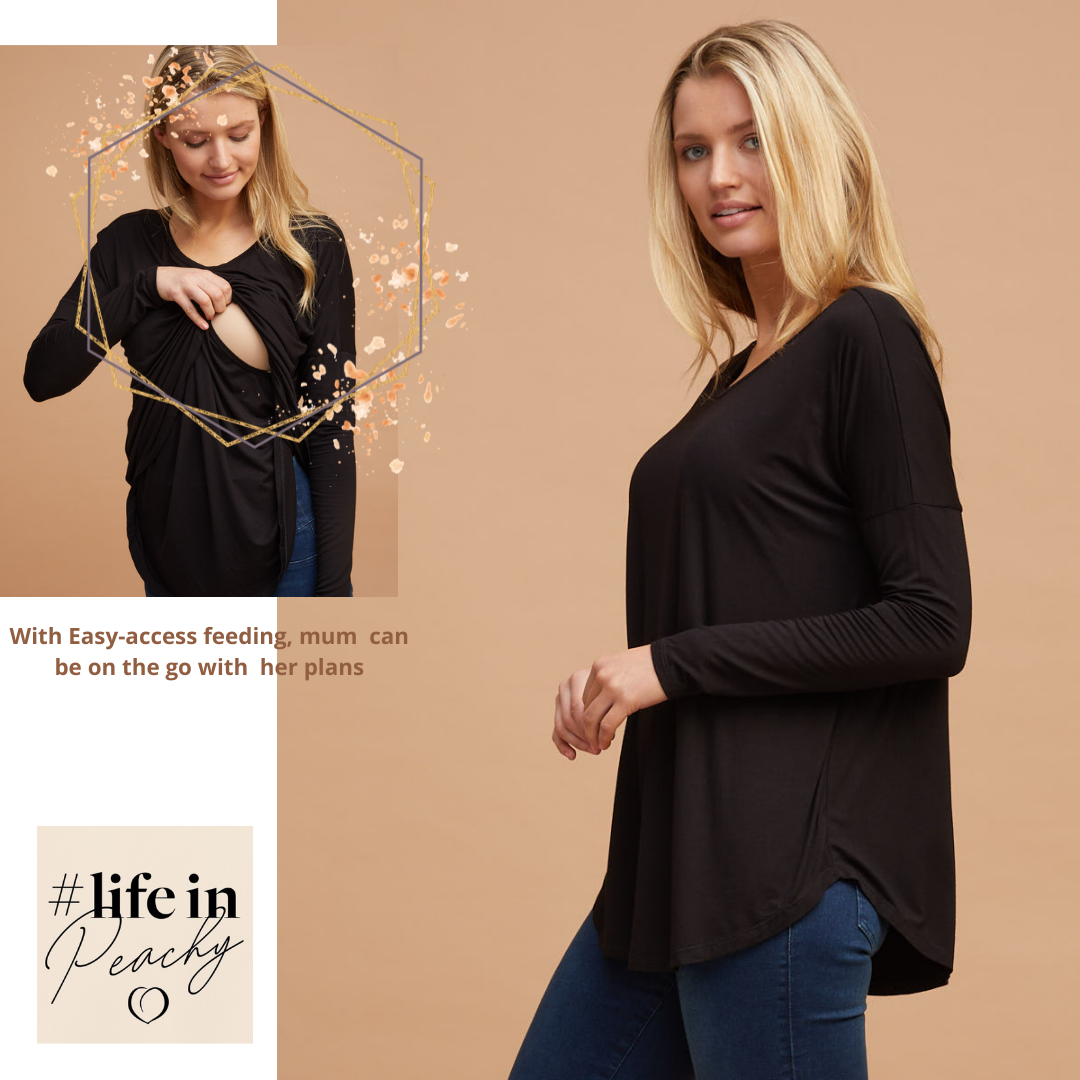
Having a baby is extremely tough on your body. Even the most straightforward of pregnancies can create significant physical and emotional stress and strain. Then there’s the actual birth… we don’t need to tell you how hard that can be!
All of this means that, once you’ve welcomed your little one to the world, there’s a fair bit of healing you need to do. Thankfully, our bodies are truly amazing and can begin to recover naturally. However, reintroducing exercise into your routine can help speed up the process.
How do postnatal exercises help?
While it’s probably the last thing on your mind, exercising can be particularly beneficial after giving birth. In addition to the usual positives (e.g. increasing strength and fitness, helping manage weight, improving overall wellbeing), getting moving again can also:
- Boost your energy levels: While it may seem counter-intuitive, exercising can actually reduce tiredness and reinvigorate you. Given most new mamas are operating on minimal sleep, this extra stamina can be invaluable.
- Improve your mood: When you exercise, your body rewards you by releasing endorphins throughout your body. In addition to making you feel good, these chemicals can reduce stress and anxiety, and have been shown to help prevent postpartum depression.
- Heal birth-related issues: When done correctly and carefully, exercise can help address some of the health conditions most commonly resulting from giving birth. For example, doing the right exercises can help speed up recovery from abdominal separation and increase the strength of your pelvic floor muscle.
Please note: If you’re breastfeeding, some studies have found that high-intensity exercise may cause lactic acid build up in your milk, giving it a sour taste. However, if you stick to low to moderate-intensity activities and make sure you stay well-hydrated, your ability to breastfeed should not be impacted.
Need help getting moving again? Here are our recommendations:
- You will need to allow your body some time to start healing before stressing it again by exercising. Exactly how long this recovery will take will depend on a number of factors (like how active you were before becoming pregnant and any issues you experienced during the birth), so speak to your doctor or midwife about when you can start being more active.
- Remember, this time is all about healing, not losing weight, winning races, or breaking PBs, so start slow and move at your own pace. Find something manageable (like a short walk to the shops) to get you moving again, then build up as your strength and stamina increase.
- Making time to exercise may seem impossible when you’re looking after a newborn, so try to find ways to work exercise into the things you’re already doing. For example, Kegel exercises can be done while you’re breastfeeding, and you can try a short core workout while your baby naps nearby.
- There is a wide range of mums and bubs exercise classes that can help you workout while bonding with your little one. From yoga and Pilates to strength and circuit training, there’s sure to be a class that suits you and your fitness level
- You’re not in this alone, so don’t be afraid to ask your partner, friends, and family for help. Your loved ones want to see you happy and healthy, so they will surely be okay to watch your little one while you fit in a workout.
Your body will have changed throughout your pregnancy and you may need some additional support when exercising. Consider getting fitted for a new sports bra and learn more about our our postpartum activewear range for leggings and compression shorts that support your post-pregnancy belly.
Further Reading:
https://pregactive.com.au/benefits-of-postnatal-exercises/
https://www.betterhealth.vic.gov.au/health/HealthyLiving/postnatal-exercise


